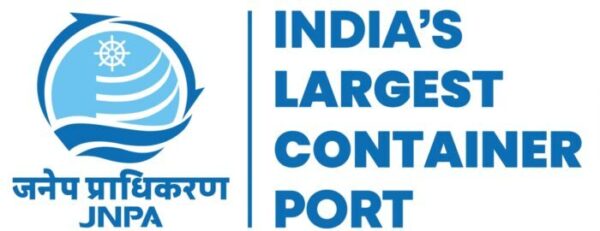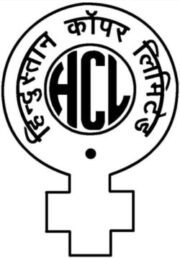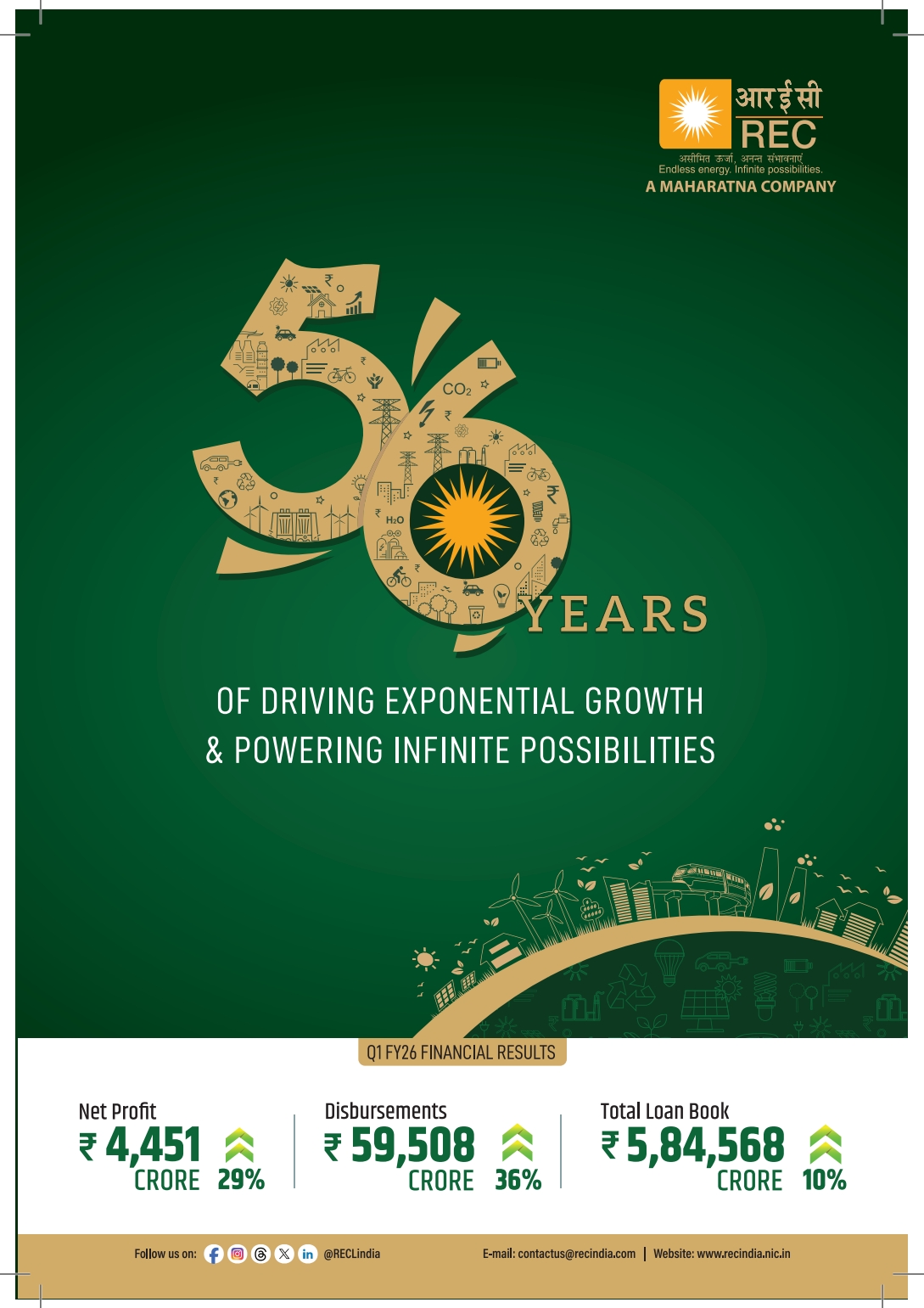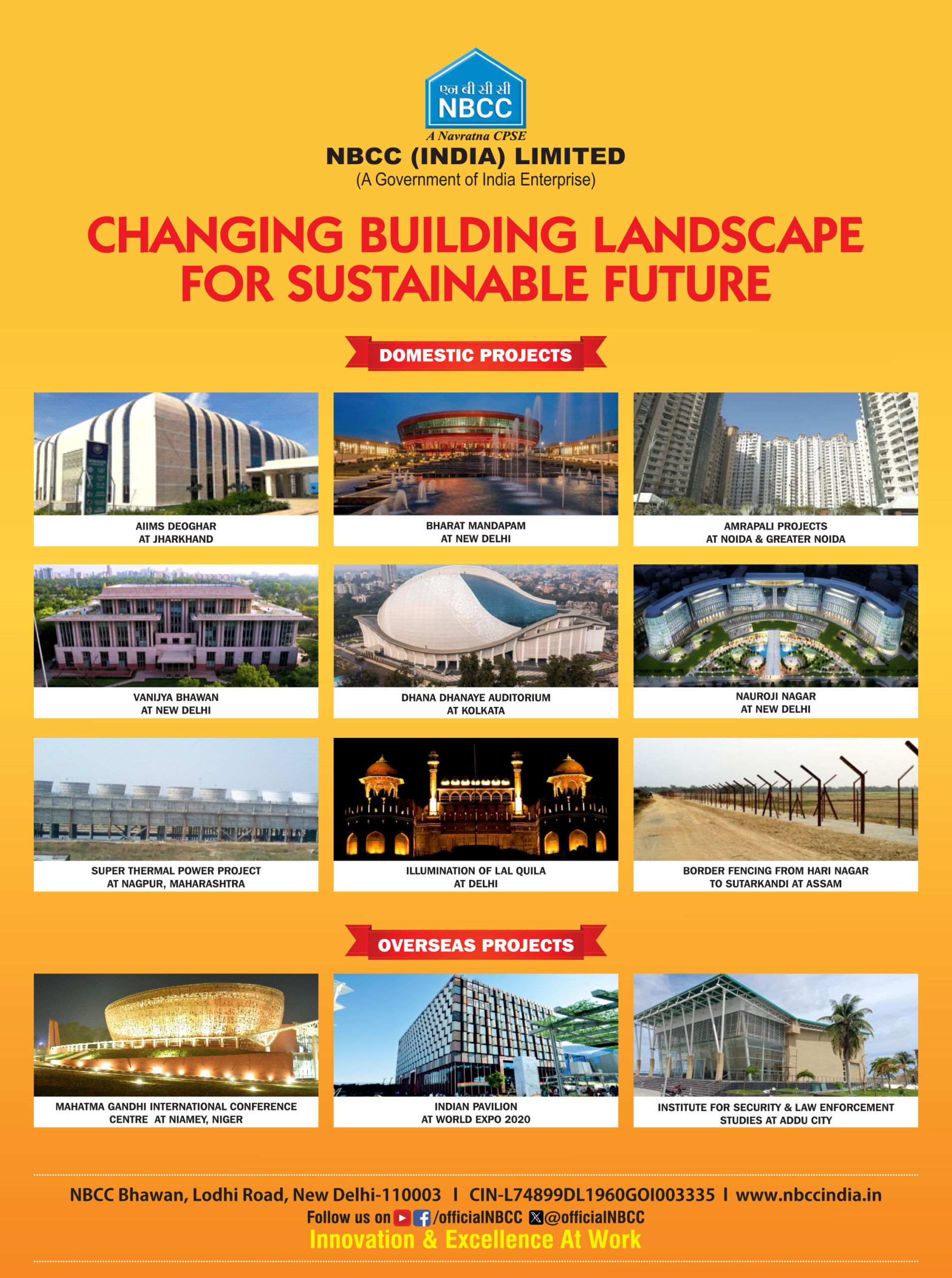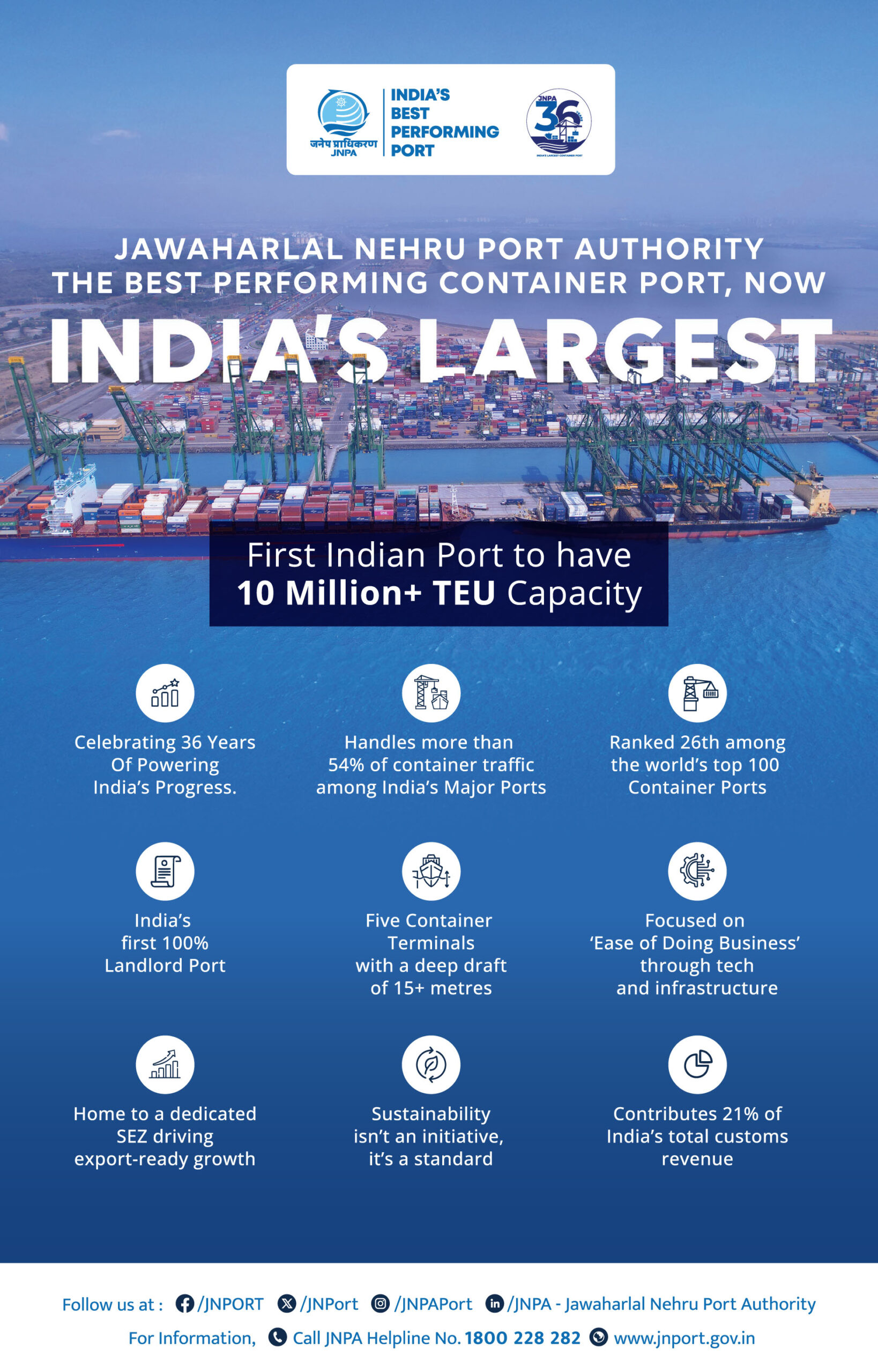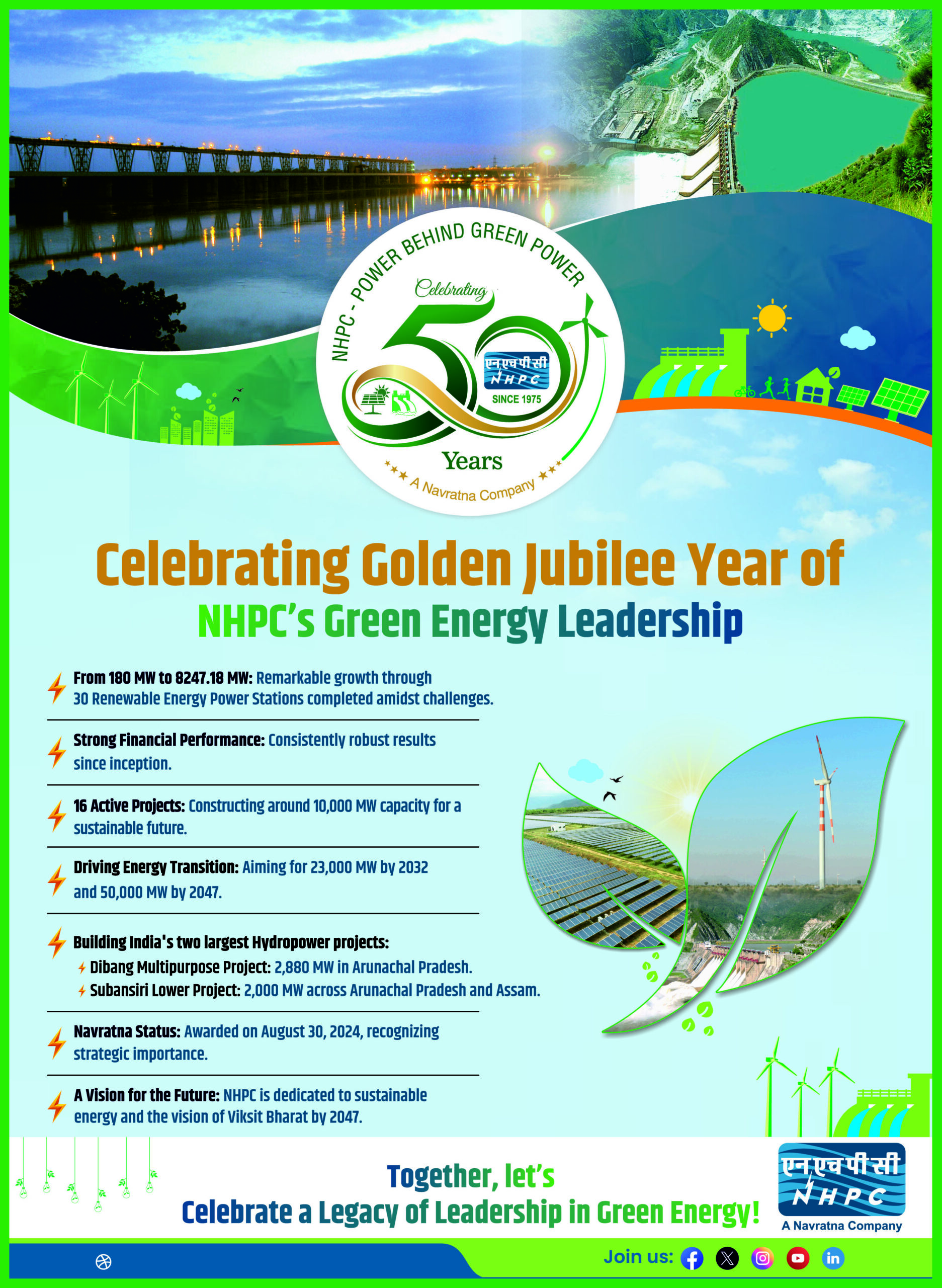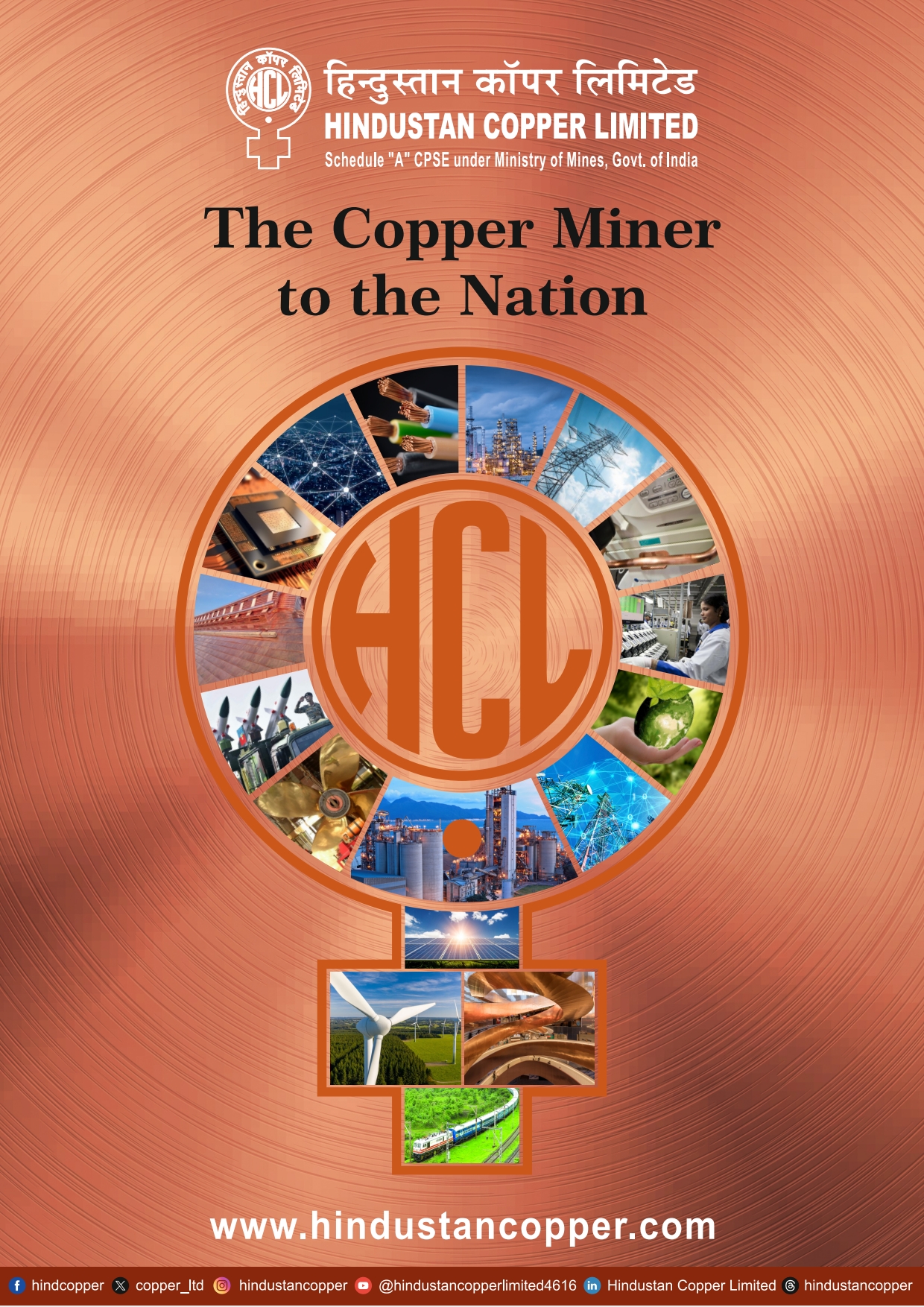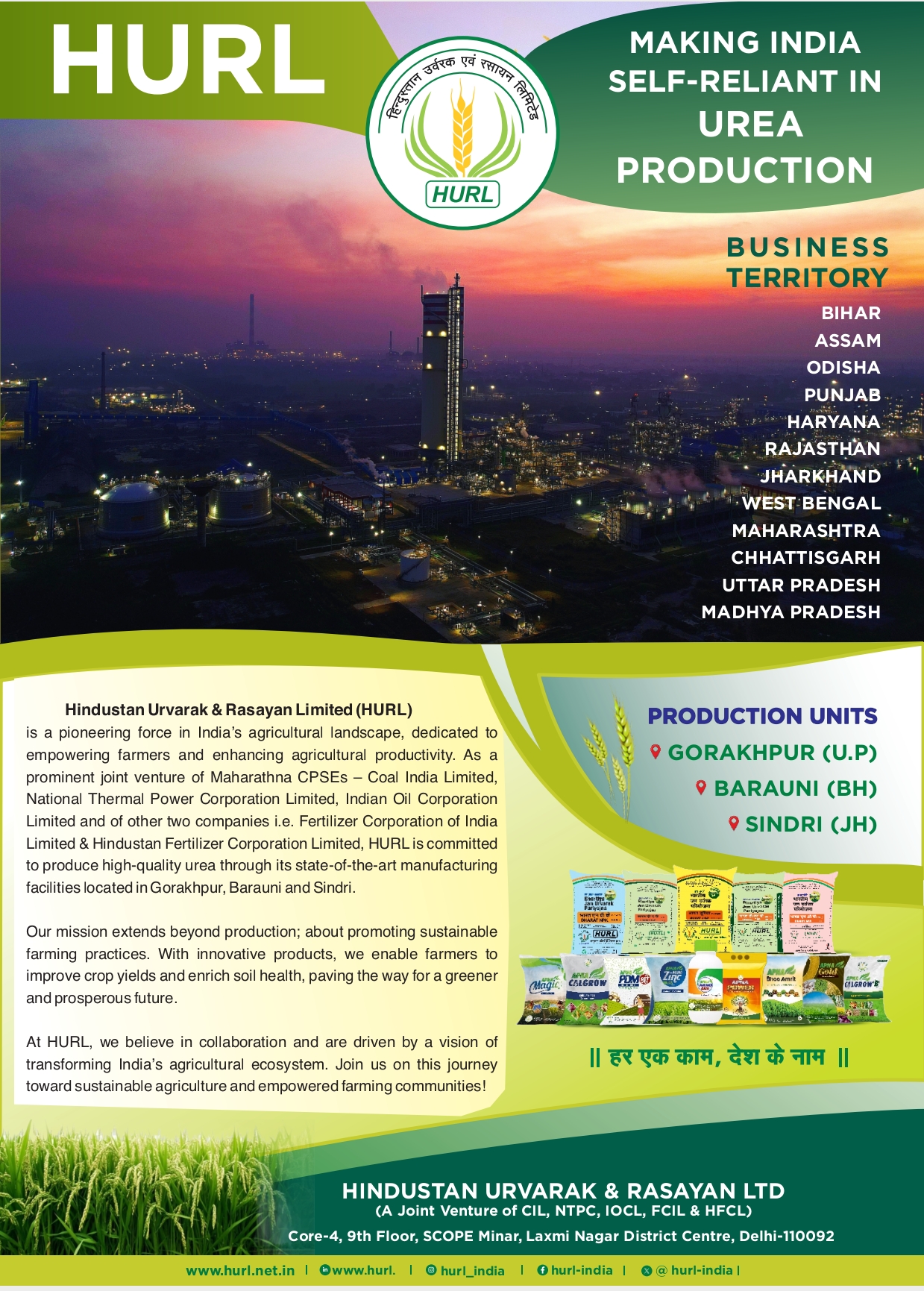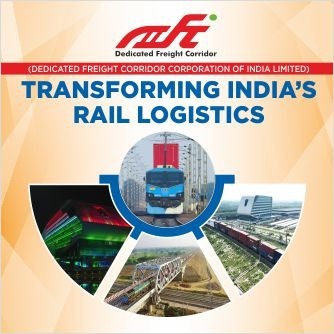Gujarat’s quiet engine: how a capable bureaucracy turned vision into visible progress
Oct 12th, 2025 11:48 am | By ThenewsmanofIndia.com | Category: TOP STORIES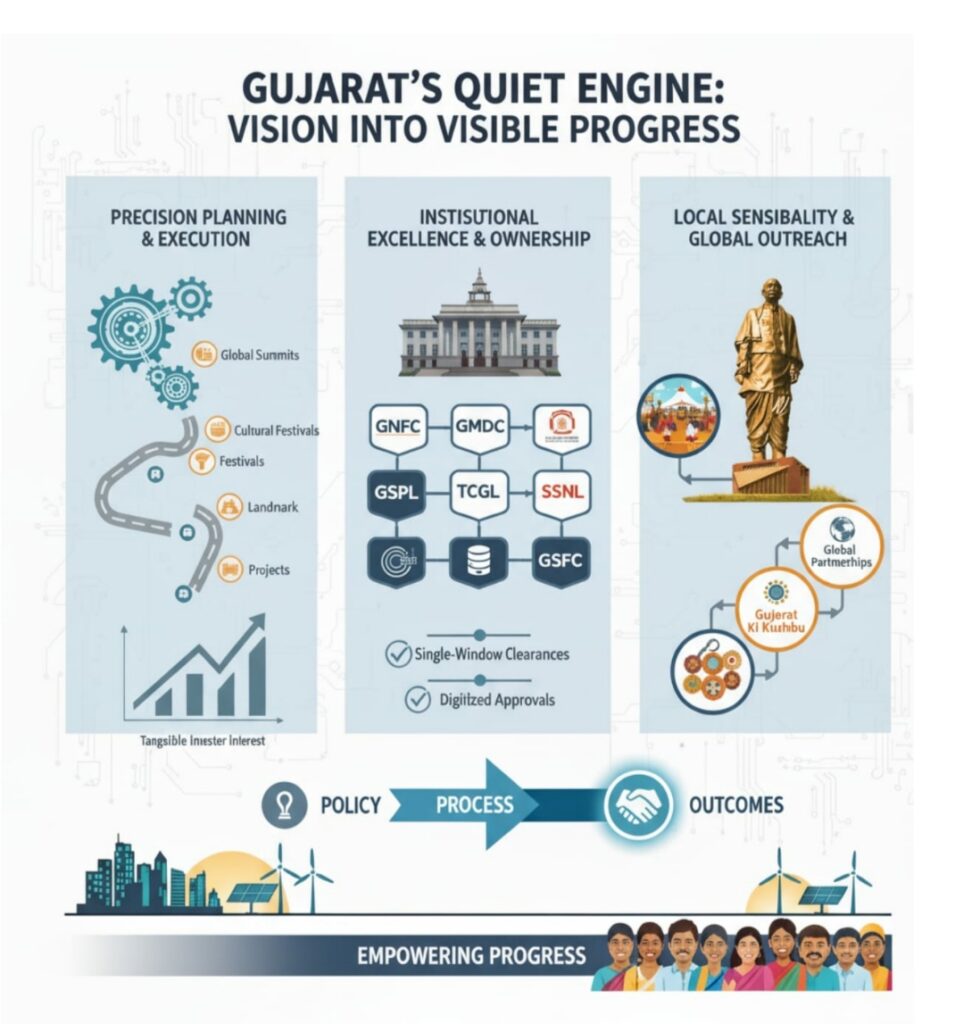
By THE NEWSMAN OF INDIA.COM| Abul Hasan|
Sunday Special|
When a state’s skyline, seasons and calendar of events begin to read like a carefully curated narrative of development, someone is writing the chapters behind the scenes. In Gujarat that story is authored, in large part, by an efficient, disciplined and deeply committed bureaucracy — officers whose conviction, clarity of purpose and administrative dexterity have translated political intent into sustained public value. From global investor summits to cultural festivals and landmark public works, Gujarat’s governance machinery has repeatedly shown an ability to plan big, execute cleanly and deliver on promises that others only announce.
Precision planning, relentless follow-through
The hallmark of Gujarat’s administration is meticulous planning combined with swift, pragmatic execution. Policies and projects are designed with a clear end point in mind, timelines are pushed into place and responsibilities are allocated down to the last mile. That operational discipline — the ability to convert a policy decision into a series of actionable tasks and to follow up until results are visible — separates rhetoric from reality. It is what makes ambitious events like Vibrant Gujarat not just photo-ops but engines of tangible investor interest, and what converts large infrastructure ideas into completed roads, ports and industrial corridors.
A culture of accountability and ownership
Ownership is an undervalued trait in governance. In Gujarat, officers at different levels routinely shoulder responsibility rather than defer it. This manifests in transparent monitoring frameworks, routine field inspections and a culture where outcomes — not processes — define success. When officers are empowered to act and held accountable for results, bureaucratic inertia gives way to constructive urgency. Citizens see this in faster clearances, better-maintained public services and a perceptible rhythm to how projects move from proposal to inauguration.
Blending technical competence with local sensibility
Administrative capability in Gujarat does not only mean following files across desks. It also means bringing technical competence to bear on problems while remaining sensitive to local realities. Whether it is designing a festival that showcases local handicrafts and traditions, or building visitor infrastructure around a national monument, officers have demonstrated the ability to marry high-quality project management with community engagement. That balance preserves local identity even as development scales up — a critical reason why campaign like Khushbu Gujarat Ki and the event Rann Utsav resonate both with residents and visitors.
Driving Institutional Excellence
The success of Gujarat’s development model also reflects in the performance of its state enterprises. Flourishing organisations such as GNFC (Gujarat Narmada Valley Fertilizers & Chemicals), GMDC (Gujarat Mineral Development Corporation), GSPL (Gujarat State Petronet Ltd), TCGL (Tourism Corporation of Gujarat Ltd), GACL (Gujarat Alkalies and Chemicals Ltd), SSNL (Sardar Sarovar Narmada Nigam Ltd), GSPC (Gujarat State Petroleum Corporation), and GSFC (Gujarat State Fertilizers & Chemicals)exemplify efficient management and progressive governance. Each has played a crucial role in driving industrial growth, energy security, and socio-economic development — all under the steady supervision of capable and visionary officers.
Institutions that enable, not obstruct
Gujarat’s bureaucracy has invested in institutional reforms that reduce friction for investors, simplify citizen interactions and speed up decision-making. Single-window clearances, streamlined land acquisition processes, and digitised systems for approvals and compliance have reduced administrative bottlenecks. When institutions are designed to enable action, private investment and public services both benefit — creating a virtuous cycle of confidence, jobs and infrastructure expansion.
Strategic communication and international outreach
Large-scale initiatives such as the Vibrant Gujarat summit and the statue of unity have been more than monuments or conferences; they are strategic statements. The bureaucracy’s role in packaging, promoting and executing these initiatives has helped Gujarat gain wider recognition. Carefully choreographed outreach — combining credible data with compelling storytelling about what the state can offer — has been crucial in attracting global attention and partnerships. This is not mere publicity; it is a strategic use of soft power to unlock economic and cultural exchange.
Crisis preparedness and on-ground leadership
Development is not only measured by construction sites or economic indices; it is measured in the capacity to protect people during crises. The state’s administrative machinery has, time and again, shown grit in disaster response, pandemic management and relief operations. Quick mobilisation of resources, clear command chains and proactive communication during emergencies reflect a system that has institutionalised resilience. That same resilience underpins day-to-day governance and allows long-term projects to proceed even under stress.
Investing in human capital and institutional memory
Behind every well-run program are officers trained to think across disciplines: engineers who understand community needs, administrators who read budgets like project maps, and field staff who translate policy into practice. Gujarat’s emphasis on building teams, capturing institutional memory and mentoring mid-level functionaries ensures continuity even as personnel change. That continuity is essential for multi-year projects that must survive political and electoral cycles.
Room to grow: inclusivity and participatory governance
No system is flawless. As Gujarat advances, the next frontier for its bureaucracy is deepening participatory governance, widening the scope of inclusion and ensuring that benefits reach every socio-economic layer. Greater citizen engagement in design and monitoring, stronger feedback loops for marginalized communities, and enhanced transparency in procurement and contracts will fortify public trust and make development more equitable.
Gujarat’s development arc is a study in disciplined administration meeting ambitious vision. The state’s bureaucracy — methodical, accountable and attuned to both global opportunity and local sensibility — has been the engine that converts strategic intent into concrete outcomes. Whether it is staging globally recognised summits, building iconic monuments or nurturing cultural festivals that celebrate local life, the common thread is capable public servants turning possibility into performance. If Gujarat’s story offers a lesson, it is that durable progress flows from systems that combine conviction with competence, and from officers who embrace the hard work of turning plans into public good.
Disclaimer:
This article is based on the writer’s personal experiences, understanding, and information gathered from credible sources. It is written with sincere intent to highlight the efficiency and contribution of Gujarat’s bureaucracy in the state’s development. Any views expressed are personal and intended in good faith.


